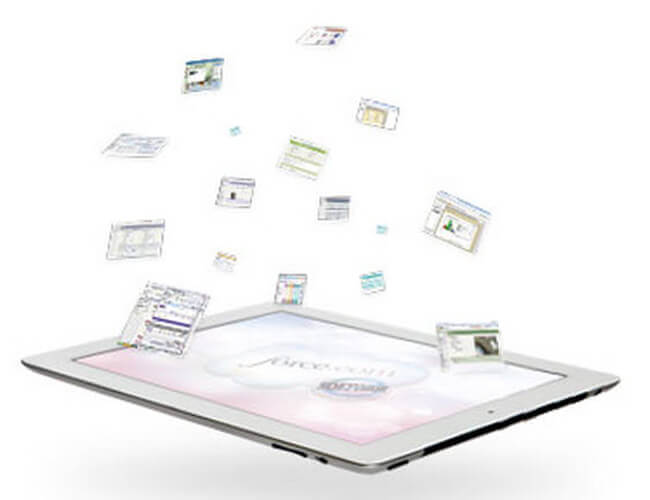I recently had a conversation with a colleague about the advantages and disadvantages of using a constituent relationship management (CRM) system such as Salesforce to manage multiple types of relationships. Their main argument against it was that while managing all the information in one location is tempting, it not practical if the organization has multiple complex processes.
I decided to write this blog post to address the main advantages of using one centralized database and I chose to use one of our current projects as an example, a mid-west chapter of Habitat for Humanity (HFH).
The HFH’s vision is to create a world where everyone has a decent place to live. To do that, they build simple, decent, and affordable houses for low-income families around the world. Houses are built by the homeowners and volunteers under the supervision of trained individuals. Our client has been using multiple databases (Keystone, Access, Constant Contact, Excel spreadsheets Outlook and more) to manage complicated relationships with families, donors, volunteers, contractors, partners, and vendors.
Flexibility is the key. The HFH implementation includes tracking donors and foundations (including single gifts, pledges, major gifts, grants, and in-kind donations), managing volunteers (allowing volunteers to self register online for multiple jobs and shifts, track volunteer hours, and create a volunteer profile), tracking attendance at educational workshops, managing every touch with the families they serve, measuring program outcomes, logging home repair cases, and even managing the bidding process on lots. Does it sound complicated? It is. Does it mean that HFH needs to purchase multiple databases to manage donors, volunteers, service requests? Absolutely not!
Salesforce is an extremely powerful, scalable, and secure cloud platform. The Salesforce’s drag-and-drop tools, pre-built components, and pre-designed user interfaces allows us to launch new solutions in minutes—with no servers or software to manage. Additionally, the Salesforce AppExchange includes thousands of pre-built applications such as Volunteers for Salesforce, Conga Composer, and Vertical Response (read about more applications we like here) that enhance the platform’s functionality.
Why did they choose to move from a multiple database approach to one single location?
- Managing the overlap. HFH, like many other organization, understood that their relationships with their constituents are constantly evolving. A family member can become a volunteer and a volunteer can become a donor. Maintaining their information and interactions in multiple locations made it very difficult for them to cultivate relationships. Instead of spending hours comparing files, importing and exporting data, and attempting to de-duplicate these various data sources they can focus on building relationships.
- Unifying and simplifying processes across departments. A centralized database allows the organization to focus on the culture of tracking data. It is a great time to unify and standardize business process and to make sure that the entire organization works together to create an institutional memory.
- Collaborating and sharing. The organization wanted to create a place where all the organization’s employees can share information and collaborate on opportunities.
- Accessibility. HFH was in need of solutions that could be access from anywhere on any computer (or mobile device) at any time.
- Vulnerable data integrity. With decentralized data sources, the organization had a difficult time capturing reliable backups and securing its data against accidental or malicious loss.
What about the cost? Salesforce implementations, just like any other implementations, have costs associated with it, but you know what? Not using technology also has a cost (read about the cost of implementing Salesforce here). The costs of purchasing (or custom building) multiple databases, maintaining them, and hosting them was much higher than customizing Salesforce to manage the HFH needs, they checked.
Staff time is often overlooked; asking them to use and be trained on multiple systems is confusing and creates inefficiency. The reality of many nonprofit organizations is that one person can wear multiple hats, your fundraiser might be involved in the contractor bidding process or volunteer recruitment, and having one system allows all users the access to the entire organization’s data (based on permissions of course!).
Best of all, the Salesforce foundation donates 10 Salesforce licenses and many AppExchange solutions are either free or heavily discounted for nonprofits.
Is CRM just for large organizations? If you find that Excel cannot support your mission anymore (click here to read what I think about using Excel to manage relationships), Salesforce can probably meet your organization’s needs. It can easily scale up or down depending on your needs and business processes. We work with variety type so of nonprofit organizations from very small (all volunteer based) to multi-million dollar international organization (such as Connell University and United Way).
Still not convinced? Contact us to talk about your organization’s specific needs, join the conversation on Facebook or send me a message via twitter.





